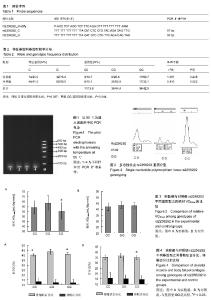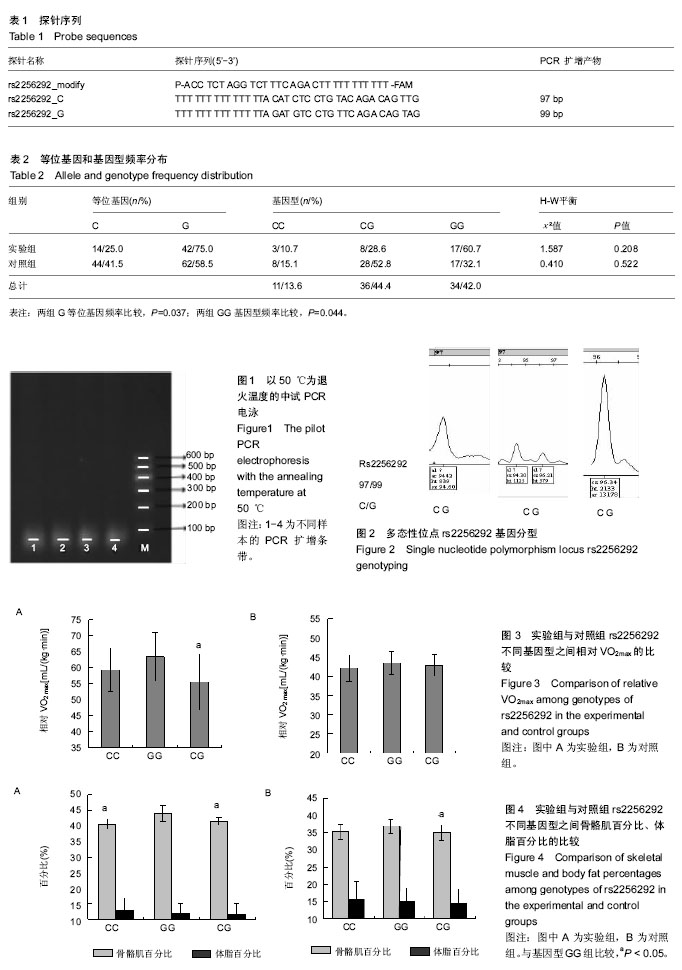| [1] Sternak M,Khomich TI,Jabukowski A,et al. NicotinamideN-methyltransferase (NNMT)and 1-methylnicotinamide (MNA) in experimental hepatitisinduced by concanavalin A in the mouse.Pharmacol Rep. 2010;62: 483-493.[2] Kim HCC,Mofarrahi M,Vassilakopoulos T,et al.Expressionand functional significance of nicotinamide Nmethyltransferasein skeletal muscle of patients with chronic obstructive pulmonary disease.Am J Respir Crit Care Med.2010;181(8):797-805.[3] Aksoy S,Szumlanski CL,Weinshilboum RM.Human liver nicotinamideN-methyltransferasecDNAcloning, expression, and biochemical characterization.J Biol Chem.1994;269(20): 14835-14840.[4] Li JH.Measurement and Analysis of the Chinese Elite Male Swimmers’Basal Metabolism of Nicotinamide Using NMR-based Metabonomic Technique.Adv Meter Res. 2011; (301-303):890-894.[5] Kraus D,Yang Q,Kong D,et al.Nicotinamide N-methyltransferase knockdown protects against diet-induced obesity.Nature.2014;508(7495):258-262.[6] Zhang J,Xie XY,Yang SW,et al.Nicotinamide N-methyltransferase proteinexpression in renal cell cancer.J Zhejiang Univ Sci B.2010,11(2):136-143.[7] 张钧,杨肃文,周美霞,等.NNMT过表达对大肠癌细胞生物学行为的影响及意义研究[J].中华检验医学杂志,2010,31(10):1-92.[8] 文容,贺修胜,郭杏丹,等.NNMT蛋白酶与肿瘤的关系[J].现代生物医学进展,2014,17(49):3385-3388.[9] Parsons RB,Aravindan S,Kadampeswaran A,et al.The expression of nicotinamide N-methyltransferase increases ATP synthesis and protects SH-SY5Y neuroblastoma cells against the toxicity of Complex I inhibitors.Biochem J.2011; 436(1):145-155.[10] Yan L,Otterness DM,Weinshilboum RM.Human nicotinamide N-methyltransferase pharmacogenetics:gene sequence analysis and promoter characterization. Pharmacogenetics. 1999;9(3):307-316.[11] Li JH,Chen W,Zhu XJ,et al.Associations of nicotinamide N-methyltransferase gene single nucleotide polymorphisms with sport performance and relative maximal oxygen uptake.J Sports Sci.2017;35(22):2185-2190. [12] 丁轶建,徐希.中国女子手球队员正式比赛能量代谢特点分析[J].北京体育大学学报,2012,35(4):59-64.[13] 宋永旺.手球运动员专项能量代谢及专项素质特点[J].健身俱乐部•理论研究,2010,4(6): 43-45.[14] 黄远翔,刘志民,张林.我国手球运动训练存在的主要问题[J].上海体育学院学报,2004,5(28):65-68.[15] 毛文君.改良10SWT推测20-29岁成年人VO2max方法的研宄[D].北京体育大学,2014.[16] Roeler M,Rollinger W,Palme S,et al.Identification of nicotinamide N-methyltransferase as a novel serum tumor marker for colorectal cancer.Clin Cancer Res. 2005;11(18): 6550-6557.[17] 吴蠡荪,周洪涛.衰老的抗氧化疗法[J].蛇志,2011,23(4):435-439.[18] 巩琛锐,王璐,杜庆章,等.毛白杨S-腺苷高半胱氨酸水解酶基因PtSAHHA的克隆、表达及SNP关联分析[J].林业科学, 2013, 49(11):67-76.[19] 冯连世,冯美云,冯炜权.优秀运动员身体机能评定方法[M].北京:人民体育出版社,2003.[20] 蔡灿鑫.不同运动模式对大鼠肝脏与脂肪组织中NNMT表达的影响及减肥效果的比较[D].江西师范大学,2016.[21] Riederer M,Erwa W,Zimmermann R,et al.Adipose tissue as asource of nicotinamide N-methyltransferase and homocysteine. Atherosclerosis.2009;204:412-417. [22] 梁静,聂晶,谢少贤.中国汉族人群Mn-SOD基因V(16) A多态性与运动能力的关联研究[J]. 北京体育大学学报,2013,36(7):62-66.[23] 刘献武.运动选材学[M].北京:人民体育出版社,1991.[24] 侯玉鹭,彭红.中国优秀跳远运动员身体成分的分析[J].中国组织工程研究与临床康复,2010,14(24):4543-4546.[25] 熊群.大鼠腓肠肌蛋白质组差异与抗疲劳能力关系的研究[D].江西师范大学,2017.[26] 邱礼强.不同运动模式对大鼠快肌、慢肌中NNMT表达的影响[D].江西师范大学,2016. |

